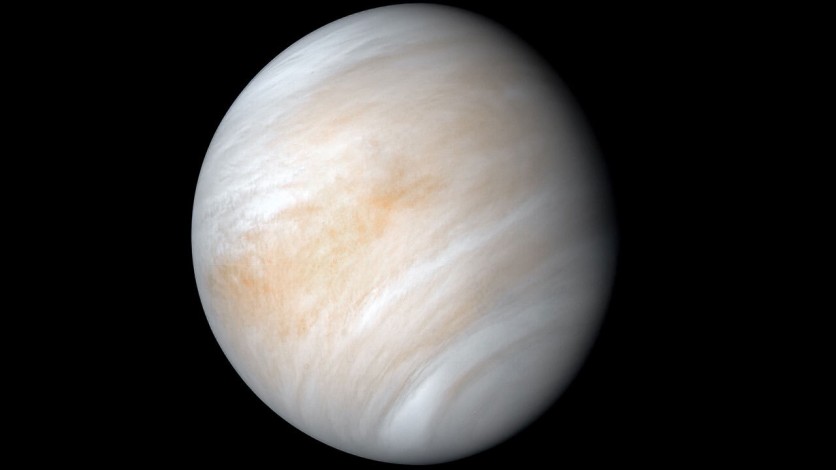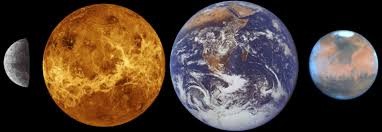Venus Life Finder is an upcoming, privately-funded space exploration venture that aims to see whether Earth's hothouse twin does have life or not.

Intended as a series of multiple missions, Venus Life Finder will be led by scientists from the Massachusetts Institute of Technology (MIT), reports The Jerusalem Post. Among the primary people behind the project is Prof. Sara Seager, who is a member of the MIT Department of Earth, Atmospheric, and Planetary Sciences.
More information about the mission is in the website Venus Cloud Life, whose name already describes the project's main premise: looking for signs of life in the planet's clouds.
As a privately-funded venture, however, the series of missions won't be officially affiliated with big names like NASA or SpaceX. Instead, they will be tapping the services of a company called Rocket Lab, who will use their own Electron rocket to send the probe to orbit by 2023.
The probe itself will have an instrument that uses lasers to detect whether there is so-called "complex chemistry" inside the thick clouds of Venus. These lasers will be on the lookout for things such as fluorescence or impurities, which could point to the existence of microbial life at the very least.
This mission, however, has already experienced big delays. According to information posted on the website, the original plan was to launch a probe last December 12th, with the probe arriving at Venus by January 29th next year.
2023 was then chosen as the new launch date, with June 9th as the intended day. It will take the space probe over a year to reach Earth's so-called "twin."

SciTechDaily reports that the probe, once it reaches the planet after a 38-million-mile trip, will only skim through the clouds for a total of 3 minutes. The team behind Venus Life Finder will aim to make repeat visits to the planet over several years.
Read also: NASA: SpaceX is the Only Capable Provider to Transport Astronauts to ISS to Meet its Standards
Why Is Venus Life Finder Targeting The Clouds?
The answer is simple: it is there where scientists had a recent major breakthrough.
Back in 2018, a team of scientists who published in the journal Astrobiology claimed that it is possible for at least microscopic life to survive in the planet's atmosphere. This came after famed astronomer Carl Sagan, along with biophysicist Harold Morowitz, first proposed the idea in 1967.
Furthermore, it has been shown multiple times that life can thrive in even the most inhospitable environments on Earth. Venus' clouds seem cozier in comparison to its surface, which is just too hot for life to thrive on.

The planet's surface is a blistering 900 degrees on average-a temperature hot enough to melt lead. Lead has one of the highest melting points among the elements. As such, if life is ever to exist on a planet like Venus, it has to take up residence somewhere else.
This is why NASA also wants to take a closer look at Earth's twin, with two new missions picked (DAVINCI+ and VERITAS) and scheduled to launch before the end of the decade.
Related Article : NASA, ESA to Spearhead New Missions to Venus
This article is owned by Tech Times
Written by RJ Pierce
ⓒ 2025 TECHTIMES.com All rights reserved. Do not reproduce without permission.




